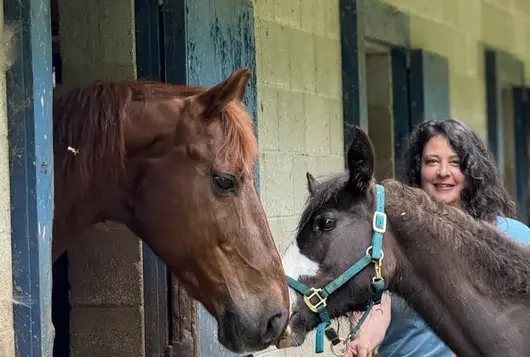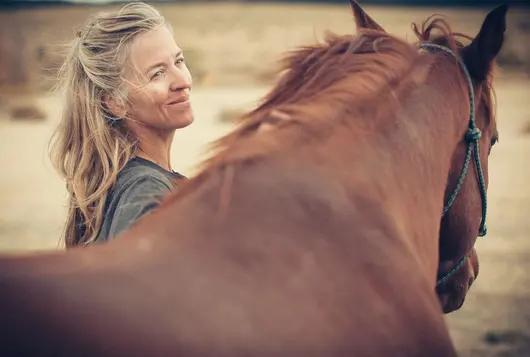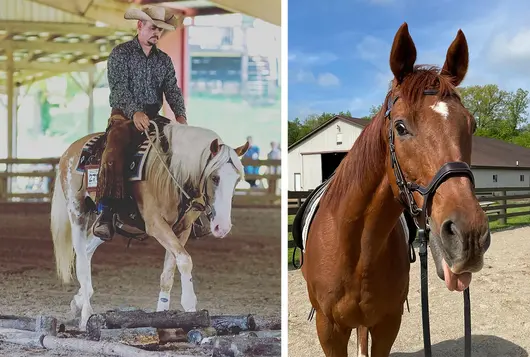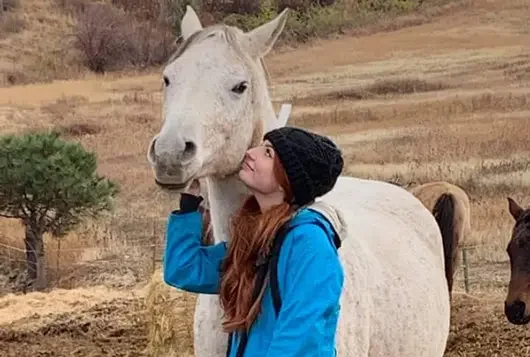They Did It: Increased Horse Adoption and Decreased Length of Stay with Customer-Friendly Adoption Policies
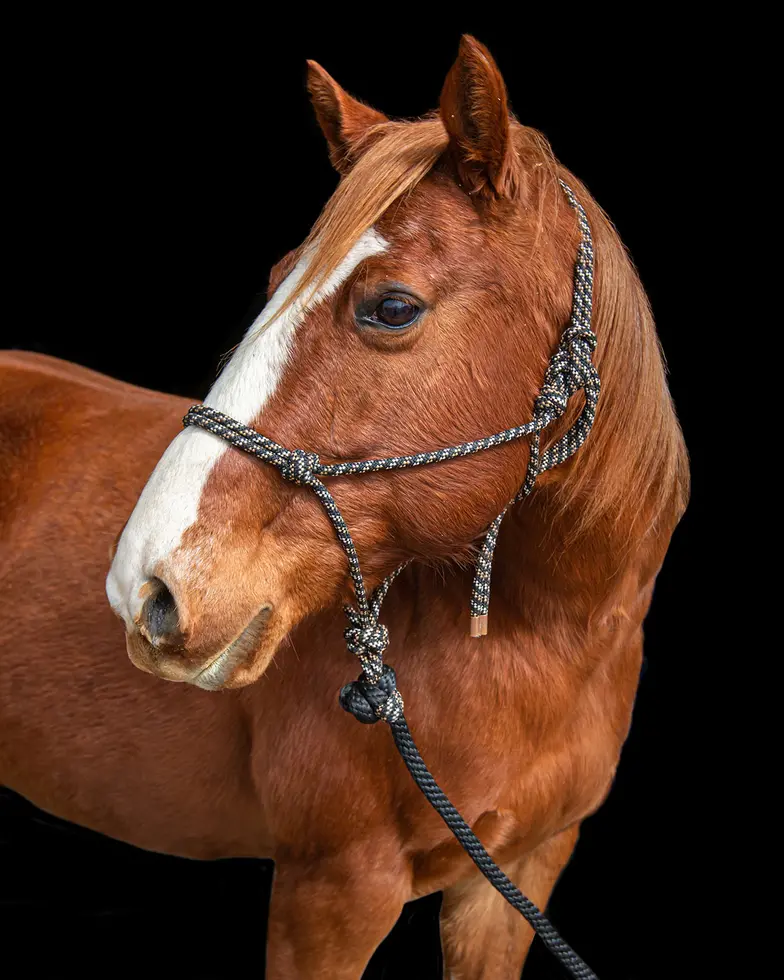
WHO: Animal Rescue League of Iowa, Des Moines, IA
DID WHAT: Modified their equine adoption processes and procedures to make the experience more adopter-friendly.
WHY: To reduce equines’ length of stay, increase adoptions, and free up space to increase the ARL’s ability to transfer in—and find homes for—more horses. Previously, the ARL’s main source of equines was law enforcement cruelty cases. The organization wanted to accept more horses from the public, supporting their welfare earlier, which requires tactics that enhance personal engagement.
In this interview, Matthew Levien, ARL’s director of operations since January 2020, shares the reasons behind this change. Matt was formerly with Denver Dumb Friends League for 15 years, most recently as Director of their Buddy Center.
ASPCApro: What led you to want to modify your equine adoption process?
Levien: We were trying to figure out how to get equine adoptions up like we did for cats and dogs. I attended The Right Horse Summit virtually, as did our CEO, Tom Colvin, who spoke with Dr. Emily Weiss, the ASPCA’s Vice President of Equine Welfare, about his hopes for a better equine adoption program.
ASPCApro: Tell us how you went about making changes to your program.
Levien: An ASPCA grant allowed consultant Garret Leonard to visit us in November for an entire week. He assessed our adoption process and spent time with all our departments to understand what we do and why.
In 2020 our total number of adoptions across all species was 7,181, but only 20 of those, on average, were equines. We didn’t see much of a drop overall during the pandemic.
ASPCApro: What was ARL’s previous equine adoption process?
Levien: An interested person would fill out a questionnaire and either email or bring it to us. It was long, and the process of getting it back to us most likely discouraged some people. We wanted to streamline the process and make it easier for people to reach out if they were interested in adopting. We essentially wanted to open up more conversation and break down barriers.
ASPCApro: And now?
Levien: A major step was getting to a different mindset around horse adoption. We don’t need a lot of hoops for people to jump through. We could change our process and not feel like we’re letting go of anything important, still getting to know adopters well enough to make a great match with their right horse. Our adopters are amazing people and do an amazing job, and they come back to us for help and support if they need it.
ASPCApro: What changes did you make?
Levien: Our new equine adoption interest form is simple, with just 20 straightforward questions. It goes directly to our barn coordinator, who then calls the applicant to schedule three in-person meetings with our trainer: one so the adopter can get to know the horse and learn what we’ve done so far. Then two more to help the adopter bond with the horse. By the last meeting, we’ll know, and the adopter will know if it’s a good match.
Instead of us prodding a would-be adopter for information and saying yes or no to the placement, we’re inviting them to meet the horse and build a relationship with the horse, with us, and with our trainer. This new method really builds a bond among all parties.
Our adoption contract has also changed as part of our partnership with ASPCA® Right Horse. This change fosters a collaborative relationship with the ARL and adopters, helping them feel respected and welcomed.
Read How to Create a Customer-Friendly Horse Adoption Application for more ideas on welcoming new adopters to your organization.
We don’t need a lot of hoops for people to jump through. We could change our process and not feel like we’re letting go of anything important, still getting to know adopters well enough to make a great match.
ASPCApro: How long did it take to make these changes and implement them?
Levien: We tested the new plan in February 2020 and wrote our SOP in March. By June, everything was in place, and so far, we’ve placed 13 horses — much better than the previous year when we only had an adoption here or there. We also have 15 more requests for equine meetings over the next few weeks. And when comparing length of stay for adopted horses from January to July in 2020 and 2021, respectively, we calculated a 20% decrease in days. This has, in turn, enabled our owner-surrender program, allowing us to increase our capacity and help more horses in need in our community.
ASPCApro: Did Garret recommend any physical changes to your actual barn space and paddock?
Levien: Yes, he recommended that we renovate our barn, which currently has just seven stalls plus a paddock, to increase capacity and flow. Right now, if an animal needs medical care, they hold up a stall. By having more stalls, we can more easily separate sick or quarantined horses from those who are moving through. Garret also recommended purchasing some new equipment. We want to do everything he recommended; we definitely see the benefit.
ASPCApro: How did staff and volunteers adjust to this new program?
Levien: It was interesting; we went from, “how do we make this happen?” to being excited about the possibility of moving more equines through our facility and helping more equines in our community. For some, changing processes that were in place for such a long time was nerve-wracking, but our team is making it happen.
ASPCApro: Have you run into any obstacles getting the program set up?
Levien: It’s always a matter of figuring out how to keep moving forward. We’re always making changes based on what we’re learning and adjusting our expectations. For example, how do we accommodate out-of-state adopters while still honoring our three-meeting process? Right now, construction is a roadblock because it’s tough to find contractors. So that process is long and drawn out. We’re still navigating all those pieces.
ASPCApro: What’s the most important thing you’ve learned?
Levien: We needed to be open to making changes and learning. It may look different than what we first envisioned, but we need to stay focused on the goal of helping more horses. We keep pushing. And we have a horse scale for the first time! I see these things as wins. This was Tom’s vision, and with the ASPCA’s support, it’s been awesome to see this vision become a reality.
ASPCApro: How can your experience help other shelters?
Levien: While it’s not online, we’d be glad to share our SOP with any organization who’d like to see it. We knew where we wanted to go as an organization, and we’re looking at doing more based on what we’ve seen happen in the last couple of months.
Downloads
Download AllWe have lots more on this subject:

